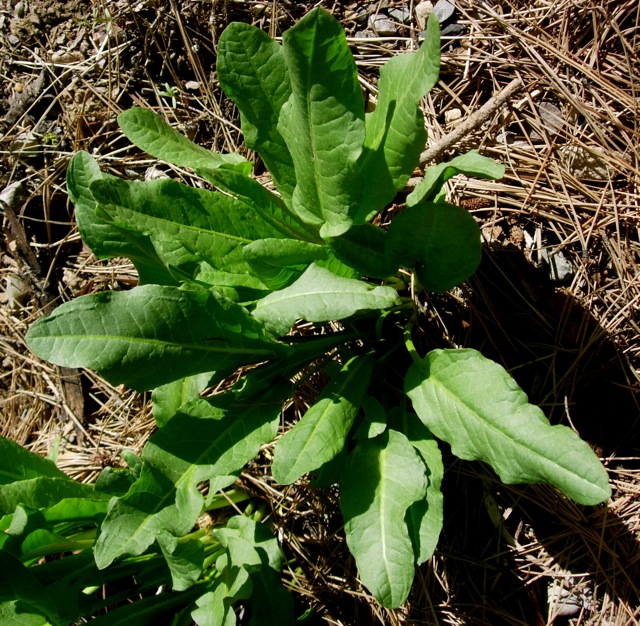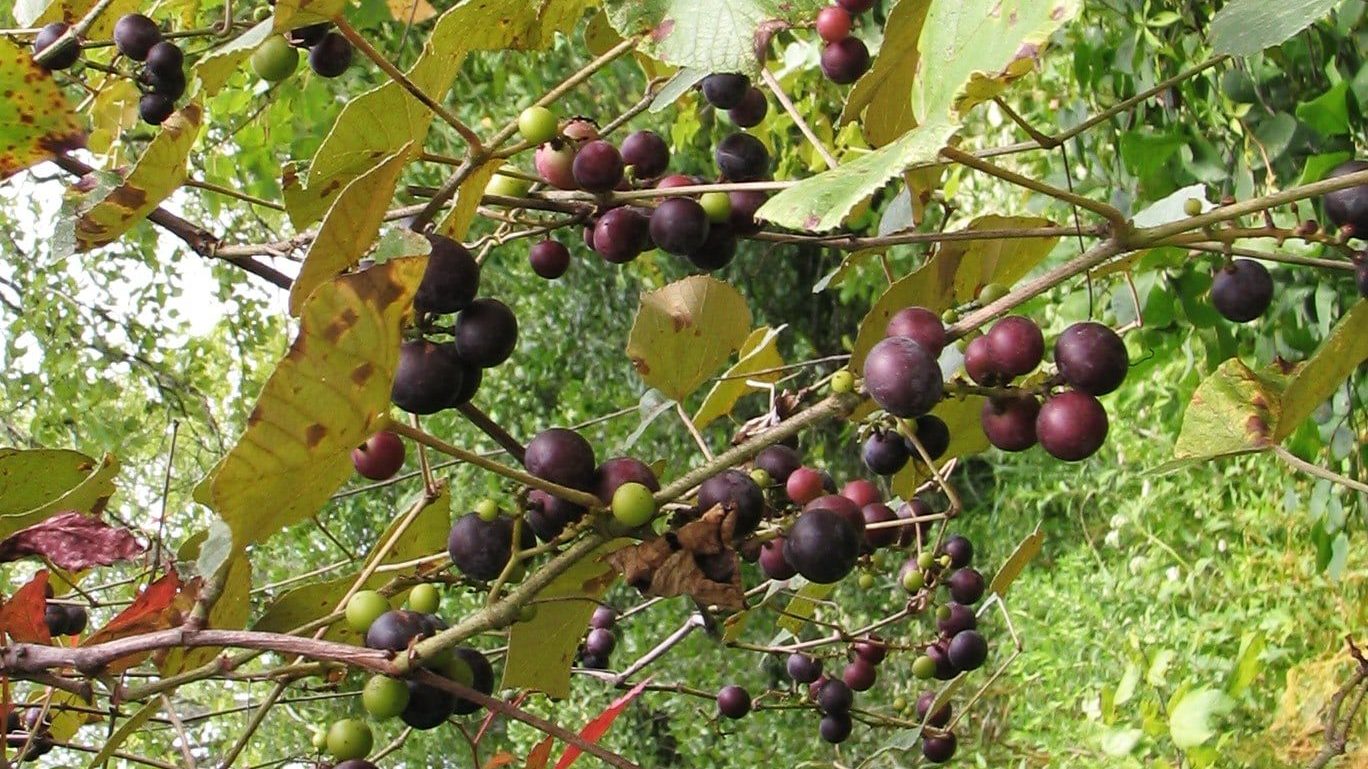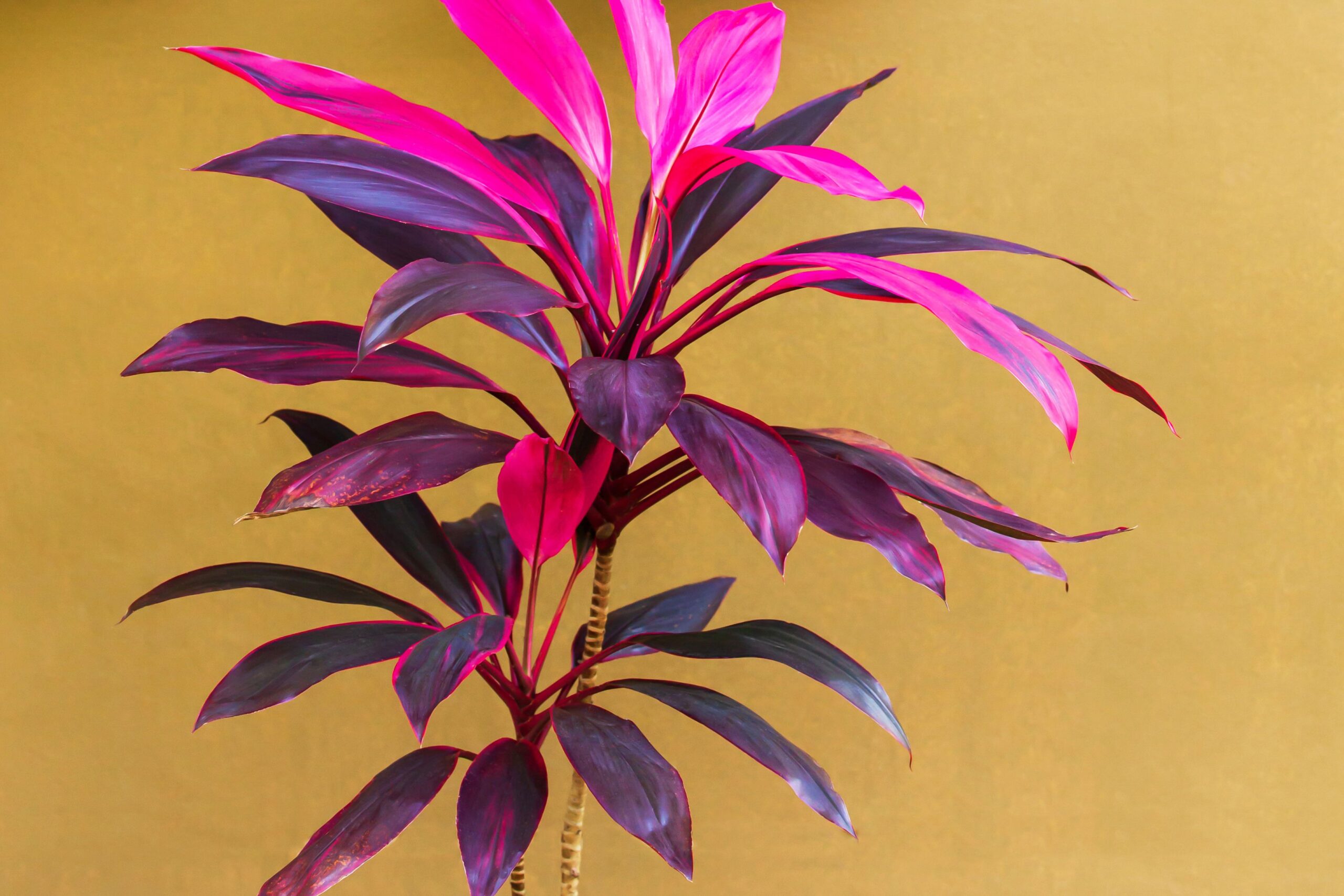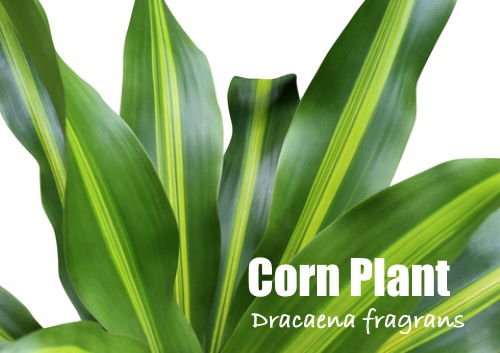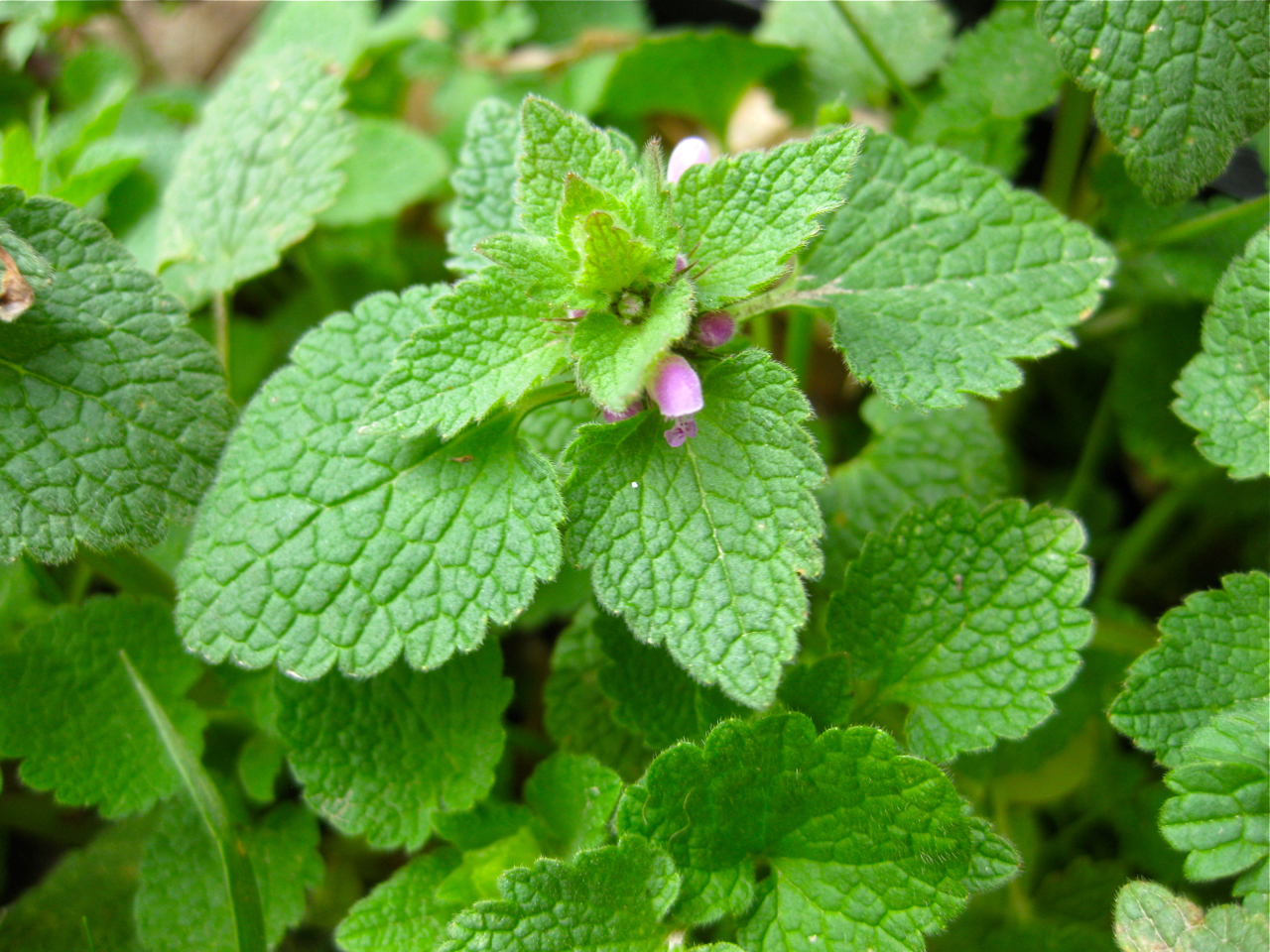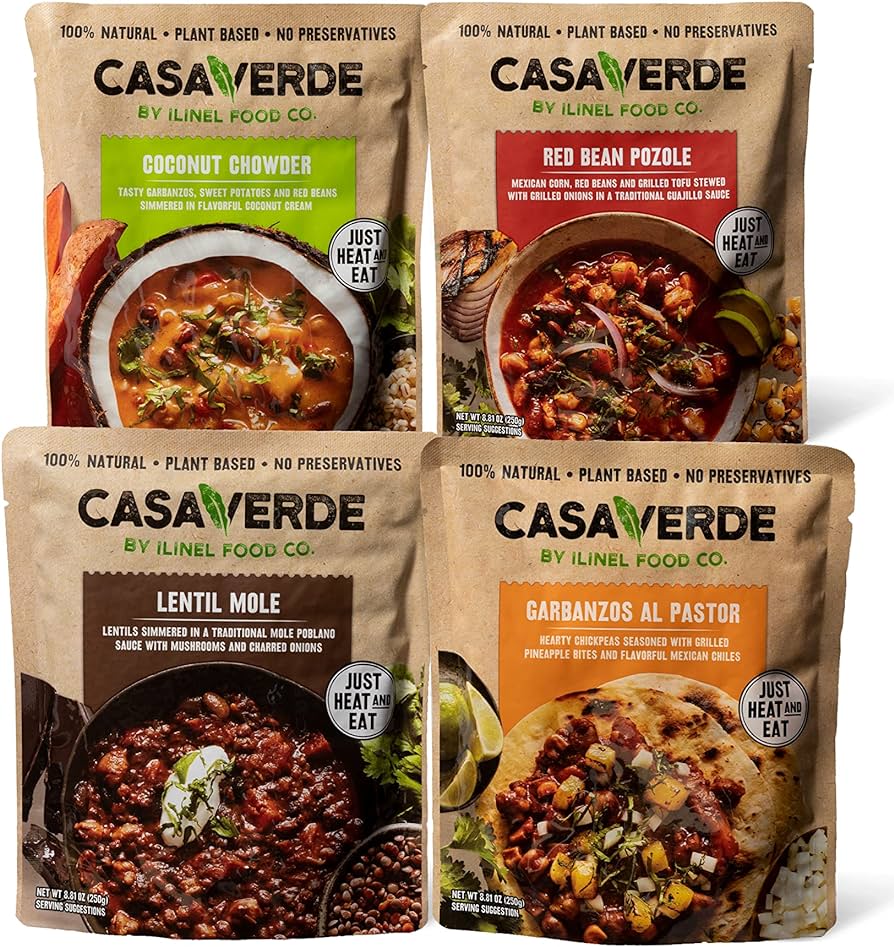Wild Edible Plants of New Mexico by Charles W. Kane is a concise guide profiling the state’s most important wild botanical foods. Some of the edible plants native to New Mexico include Agave, Amaranth, Cattail, Cholla, Gooseberry, and Ground Cherry.
Purslane, Juniper Berries, Wild Plums, Watercress, Wild Rose, and Cottonwood are also popular native edible plants in New Mexico. Foragers in the state can also find medicinal plants such as Rabbitbrush, Doveweed, Jimson Weed, and Mormon Tea. It’s important to note that before consuming any wild plant, it’s essential to have proper knowledge and identification skills to ensure safety.
Native Edible Plants Of New Mexico
Native Edible Plants of New Mexico offer a diverse array of flavors and nutritional benefits. These plants have been a vital part of the indigenous people’s diet for centuries and continue to be an essential component of the local ecosystem. Let’s explore some of the remarkable native edible plants of New Mexico.
Agave
The Agave, also known as the “century plant,” is a versatile native plant of New Mexico. It is prized for its sweet, succulent hearts, which can be roasted or boiled, yielding a delightful treat.
Cholla
The Cholla, a type of cactus, produces edible fruits known as “tunas.” These fruits are rich in essential nutrients and can be consumed raw or used to make jams and jellies.
Gooseberry
The Gooseberry, a small, tart fruit, grows abundantly in the wilds of New Mexico. It can be enjoyed fresh or used in pies, preserves, and sauces, adding a delightful zing to culinary creations.
Ground Cherry
The Ground Cherry, also called “husk cherry,” bears small, sweet fruits enclosed in papery husks. These fruits are ideal for snacking and can also be used in jams, pies, and desserts.
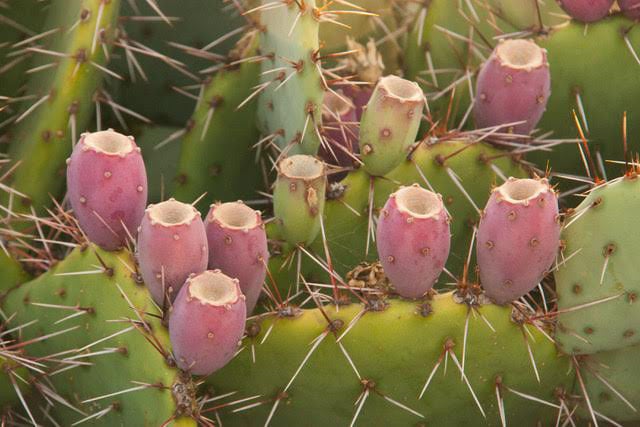
Credit: www.taosnews.com
Foraging Techniques
Foraging for edible plants in New Mexico can be a rewarding and sustainable way to connect with nature and enjoy local, wild food. By learning to identify edible plants and following foraging safety tips, you can explore the diverse landscapes of New Mexico while gathering fresh and nutritious ingredients for your meals.
Identifying Edible Plants
Before setting out to forage for edible plants in New Mexico, it’s essential to familiarize yourself with the native flora and learn to identify which plants are safe and nutritious to consume. Some popular edible plants in New Mexico include purslane, juniper berries, wild plums, watercress, wild rose, and cottonwood.
Here are some common edible plants found in New Mexico:
- Purslane (Portulaca oleracea)
- Juniper Berries (Juniperus spp.)
- Wild Plums (Prunus americana)
- Watercress (Nasturtium officinale)
- Wild Rose (Rosa spp.)
- Cottonwood (Populus spp.)
Foraging Safety Tips
While foraging for edible plants in New Mexico, it’s crucial to prioritize safety and environmental sustainability. Follow these safety tips to ensure a positive foraging experience:
- Research: Thoroughly research and educate yourself about the edible plants native to New Mexico before foraging.
- Accurate Identification: Use reliable identification resources and consult with local experts to accurately identify edible plants.
- Harvesting Ethics: Only harvest plants in areas where it’s legal and ethical to do so, and avoid over-harvesting to promote sustainability.
- Environmental Awareness: Respect the natural environment and wildlife habitats while foraging, and leave no trace of your presence.
- Personal Safety: Be mindful of potential hazards such as poisonous look-alike plants and environmental risks while foraging.
- Wash and Prepare: Thoroughly wash and prepare foraged plants before consumption to eliminate any potential contaminants.
Medicinal Plants Of New Mexico
New Mexico is home to a rich diversity of medicinal plants, each offering unique healing properties that have been used for centuries by indigenous peoples and continue to be valued today.
Rabbitbrush
Rabbitbrush (Chrysothamnus nauseosus) is a revered medicinal plant traditionally used by the Rio Grande Puebloans to soothe stomach discomfort. Its yellow flowers and aromatic leaves make it easily recognizable in the New Mexico landscape.
Doveweed
Doveweed (Croton texensis) is another important medicinal plant found in New Mexico. This plant, also known as Texas Croton or Barbasco, has been historically used for its healing properties.
Jimson Weed
Jimson Weed (Datura meteloides) is a well-known medicinal plant native to New Mexico. It has been used for its therapeutic effects, although caution is advised due to its toxic nature when not used properly.
Culinary Uses Of Wild Edible Plants
When it comes to exploring the diverse culinary landscape of New Mexico, one cannot overlook the rich abundance of wild edible plants that have been utilized for centuries by indigenous communities. The culinary uses of wild edible plants in New Mexico offer a unique opportunity to infuse traditional flavors and nutritional benefits into modern cuisine. From savory dishes to refreshing beverages, incorporating native plants into culinary creations adds a distinctive local flair and a connection to the land.
Recipes Incorporating Native Plants
Embracing the culinary heritage of New Mexico, numerous recipes have been crafted to incorporate a variety of native plants. From prickly pear cactus in salads to mesquite flour in baked goods, the use of indigenous flora adds depth and character to dishes. Here are a few recipes that showcase the culinary versatility of wild edible plants:
- Prickly Pear Cactus Salad: Combine diced prickly pear cactus pads with tomatoes, onions, and cilantro. Drizzle with a tangy lime vinaigrette for a refreshing and vibrant salad.
- Mesquite Flour Blue Cornbread: Blend mesquite flour with blue cornmeal to create a unique and flavorful twist on traditional cornbread. The nutty undertones of mesquite add a delightful complexity to this Southwest staple.
- Cholla Bud Salsa: Incorporate tender cholla buds into a zesty salsa with tomatoes, jalapeños, and garlic. The succulent texture of the cholla buds complements the spicy kick of the salsa.
Nutritional Benefits
Wild edible plants in New Mexico offer not only a diverse array of flavors but also an abundance of nutritional benefits. From essential vitamins and minerals to antioxidant-rich compounds, these native plants contribute to a well-rounded and healthful diet. Here are some notable nutritional benefits of incorporating wild edible plants into culinary creations:
- Prickly Pear Cactus: Rich in vitamin C and fiber, prickly pear cactus provides a nutritious boost while promoting digestive health.
- Mesquite Flour: High in protein and low on the glycemic index, mesquite flour offers a sustainable source of energy and blood sugar regulation.
- Cholla Buds: Packed with calcium and magnesium, cholla buds contribute to bone health and muscle function, making them a valuable addition to the diet.
Foraging Locations In New Mexico
Best Places To Find Edible Plants
1. Santa Fe National Forest: Abundant in pine nuts, mushrooms, and wild berries.
2. Valles Caldera National Preserve: Home to a variety of edible plants like wild onions and dandelions.
Seasonal Availability
- Ppring: Look for chickweed, miner’s lettuce, and wild asparagus.
- Summer: Enjoy prickly pears, mulberries, and juniper berries.
- Fall: Harvest acorns, elderberries, and wild grapes.
Sustainable Foraging Practices
Importance Of Sustainability
In New Mexico, sustainable foraging practices are crucial for preserving the delicate balance of the ecosystem.
Conservation Tips
Here are some conservation tips to ensure the long-term viability of edible plants:
- Harvest only what you need
- Avoid picking rare or endangered species
- Respect wildlife habitats
Frequently Asked Questions
What Edible Plants Are Native To New Mexico?
Native edible plants in New Mexico include Agave, Amaranth, Cattail, Chokecherry, Gooseberry, and Wild Plums.
What Can You Forage In New Mexico?
Forage in New Mexico for plants like purslane, agave, cattail, and chickweed, all edible and native to the region.
What Are The Medicinal Plants In New Mexico?
New Mexico is home to several medicinal plants, including Rabbitbrush, Doveweed, Jimson Weed, Mormon Tea, and Buckwheat. Purslane, Juniper Berries, Wild Plums, Watercress, Wild Rose, and Cottonwood are also popular edible plants found in the state. The Wild Edible Plants of New Mexico book by Charles W.
Kane is a good resource for those interested in learning more about these plants. Foraging for wild foods can also be a fun and educational experience in New Mexico.
How Do You Know If A Plant Is Edible?
To know if a plant is edible, you can refer to a guidebook like “Wild Edible Plants of New Mexico” by Charles W. Kane. You can also research online for native plants in your area that are safe to eat.
However, it’s important to exercise caution and always do a universal edibility test before consuming any unfamiliar plant.
What Are Some Native Edible Plants In New Mexico?
The native edible plants in New Mexico include Agave, Amaranth, Beargrass, Cattail, Chickweed, Chokecherry, and many others. These plants have been used for food and medicine by indigenous peoples for centuries.
Conclusion
Discover the diverse array of edible plants in New Mexico for a unique foraging experience. From purslane to juniper berries, nature offers a bounty of flavors and medicinal benefits. Embrace the rich botanical heritage of the region and explore the wilderness with a newfound appreciation for its hidden treasures.


